
Summer in Japanese: 20 Seasonal Summertime Words You Didn’t Know
Full of festivals and unbearable humidity, summer is one of the most prominent seasons in Japan. It’s no surprise that there are a myriad of specific Japanese summer words used in both "haiku" poetry and in everyday conversation. While “atsui” is the go-to adjective, there are loads of other ways to describe summer in Japanese! Here are 20 of our favorites!
This post may contain affiliate links. If you buy through them, we may earn a commission at no additional cost to you.
Kigo (季語), which means seasonal words, are words used in "haiku" poetry to describe the seasons. Here are 20 Japanese seasonal words that describe summer.
1. Rikka (立夏)
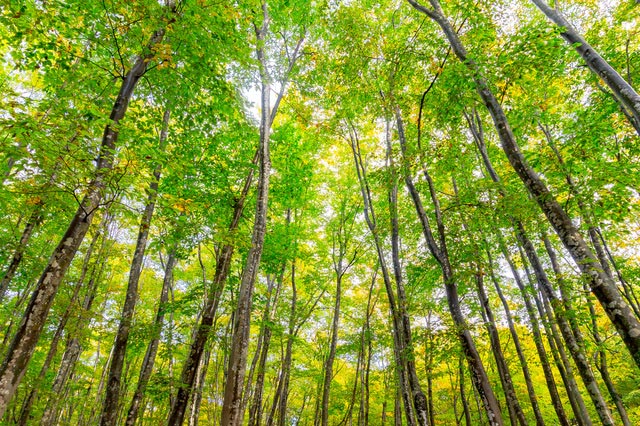
Rikka is the first day of summer by the old calendar. According to astrology, it's when the sun's ecliptic langitude reaches 45 degrees. Therefore, the day of Rikka changes every year.
2. Natsumeku (夏めく)
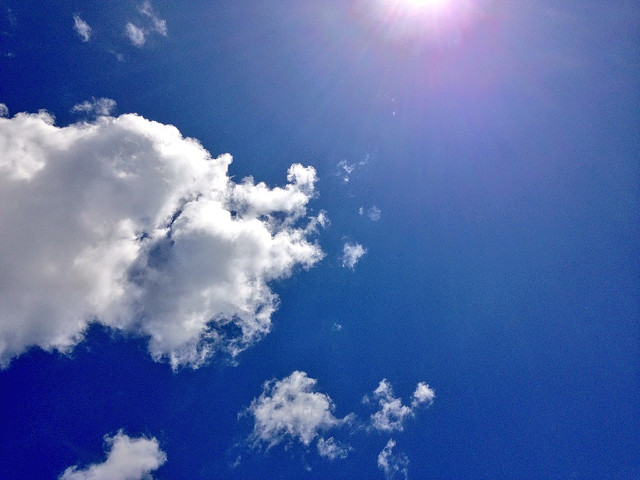
Natsu (夏) means summer. Meku (めく) is a suffix which means something becoming to look like something. Natsumeku means it looks like it's becoming summer. The word can be used when you feel summer in the air, such as the blazing sun, or a clear blue sky with fluffy white clouds.
3. Mugi no Aki (麦の秋)
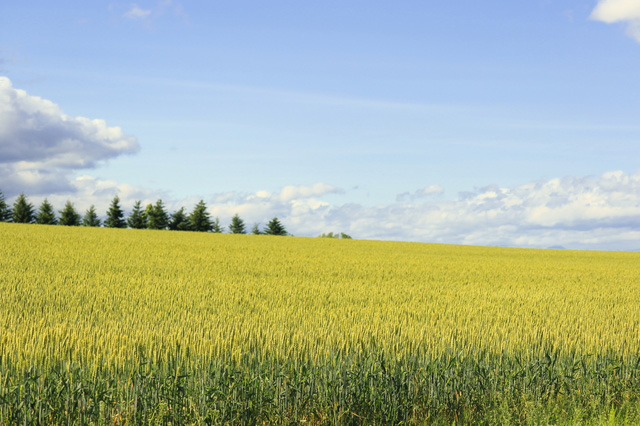
Mugi (麦) means wheat, Aki (秋) means autumn. Mugi no Aki means the autumn of the wheat. This means the season when the wheat is ready to be harvested, which is during the early summer. It is summer for people, but it's harvest season for wheat. Also called Bakushu (麦秋).
4. Tsuyuzamu (梅雨寒)

Tsuyu (梅雨) is the rainy season which lasts from June to July. Samu (寒) means cold. Tsuyuzamu (梅雨寒) is the chilliness that comes from all the raining, even though it's supposed to be summer and hot.
Our Top Tips
JR Pass for Whole Japan
Explore Japan in the most convenient and economical way with a Japan Rail Pass! It is valid for the majority of railways and local buses operated by JR.
5. Minazuki (水無月)
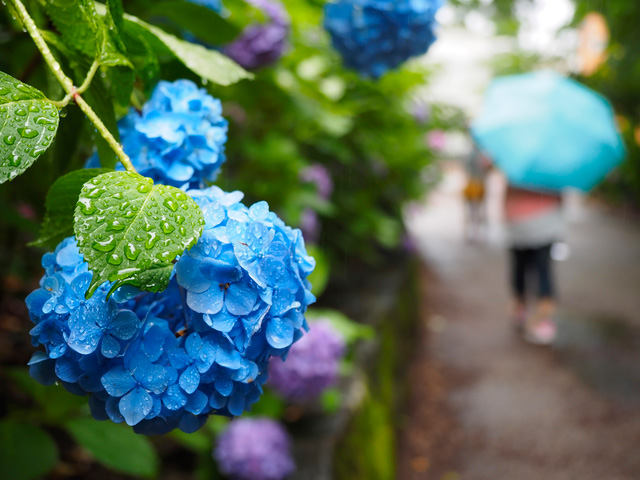
Minazuki is another way to say the month of June according to the old calender. The Mu (無) character in the word Minazuki doesn't mean anything, it's a attributive particle. So the word Minazuki means the month of water. Which is accurate, because June is the month of Tsuyu season.
6. Enchu (炎昼)
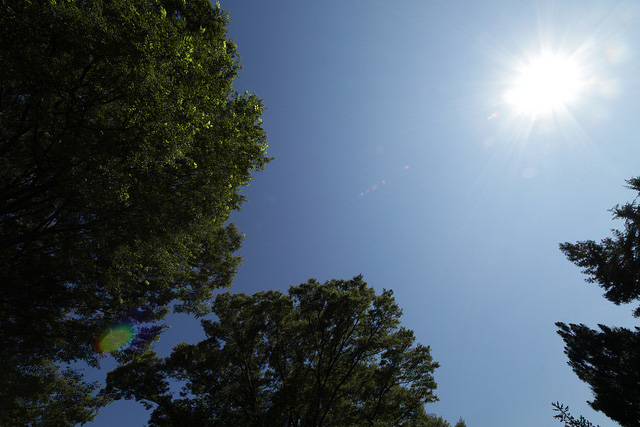
En (炎) means fire, Chu (昼) means midday. Enchu (炎昼) means the midday of a extremely hot summer day. The summer of Japan is extremely hot and humid, so the extremeness of the word fits.
7. Kumo no Mine (雲の峰)

Kumo (雲) means clouds, Mine (峰) means peak. Kumo no Mine (雲の峰) means a peak of clouds. This word comes from the sight of clouds towering like the peak of a mountain.
8. Shochu Mimai (暑中見舞い)
Shochu mimai is the custom of contacting your friends, family or relatives to see how they're doing with letters or gifts during the summer. There's also a custom called zansho mimai (残暑見舞い) where you contact people through letters or gifts during the end of the summer.
9. Ramune (ラムネ)
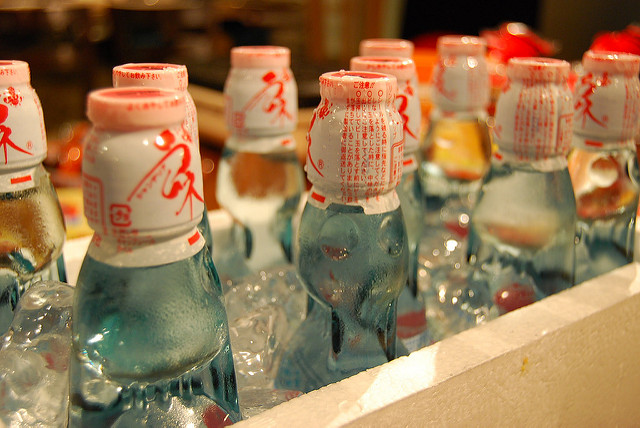
Ramune is a soda that comes in a glass bottle, curved at the neck. It has a glass ball held in the middle called a Bi-dama (ビー玉). Ramune is so widely popular among people in Japan, it became a symbol of summer.
10. Amagaeru (雨蛙)
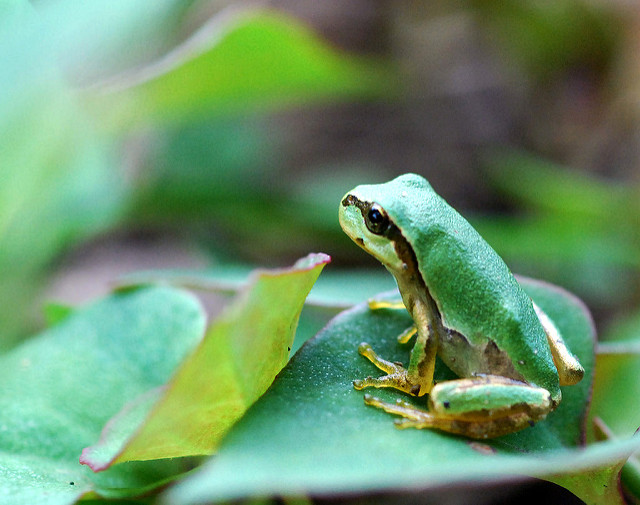
Amagaeru's official name is Nihon Amagaeru; Hyla japonica in English. It lives widely throughout Japan. It's a green, and small (around 2.0 - 4.5 cm) frog. It lives around waterside plants or in the forests.
11. Sanshouo (山椒魚)
Sanshouo, od salamander in English, lives in the water streams in the mountains. Sanshou (山椒) means the Japanese pepper tree, and Uo (魚) means fish. The name Sanshouo came from the fact that the smell of the salamander is similar to the one of the Japanese pepper tree.
Our Top Tips
Japan Shinkansen, Narita Express (N'EX) & Express Train Tickets
Plan ahead by booking your shinkansen, airport train, and express train tickets online in English. Have the tickets sent to you by mail or collect them at the station once you're in Japan.
12. Kingyo (金魚)
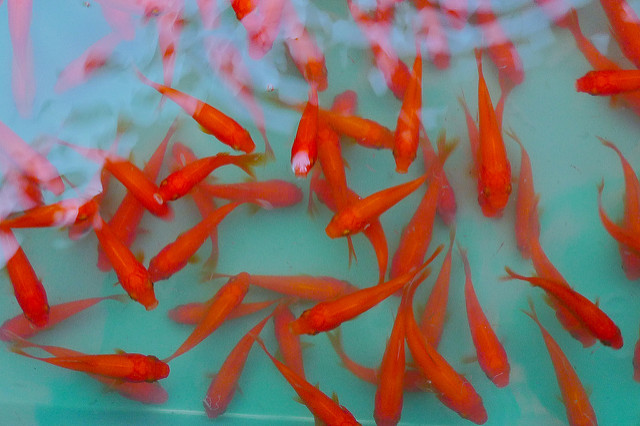
Kingyo means goldfish. Kingyo Sukui, which means to scoop a goldfish, is a popular stall at summer festivals. You scoop the goldfish with a net made out of paper. If you keep the net too much at bay, the paper will soak up the water and rip. You have to have skill to actually scoop one.
13. Kaiko no Agari (蚕の上簇)
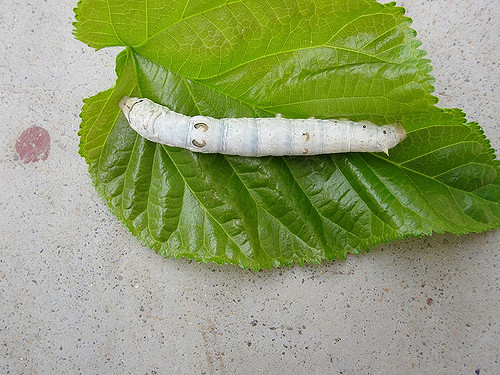
Kaiko (蚕) means silkworm, Agari (上簇), also read as Jyouzoku, means to move the silkworm to a place where they can make cocoons. Kaiko no Agari is usually done during the summer season.
14. The flower of the Kuchinashi (クチナシの花)
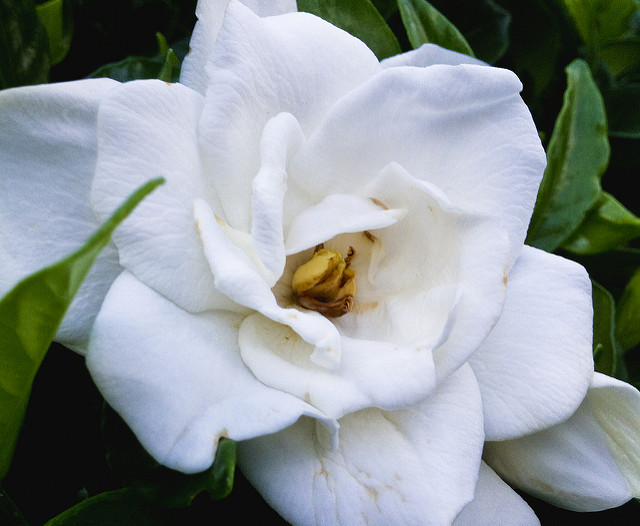
Kuchinashi (Cape Jasmine in English) have their flowering season around June to July. Its fruit is used for dye and medicine. Their flower language is "brings happiness", "purity", "I am happy", and "a love hidden in the heart".
15. Temaribana (手毬花)
16. Enishida (金雀枝)
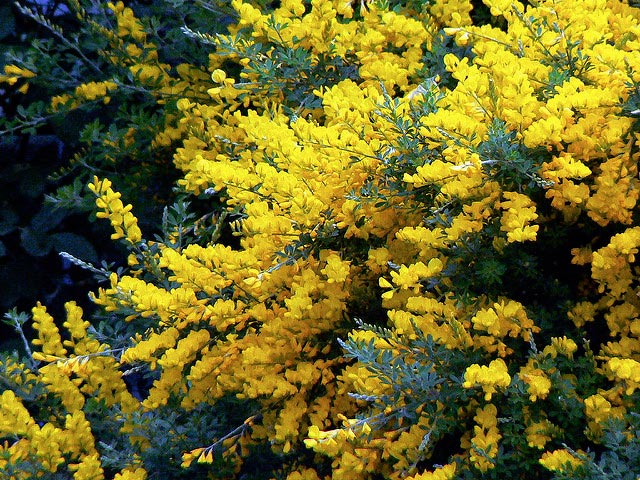
Enishida, Broom in English, blooms in a yellow or a dark red flower in the early summer. The Kanji of the name comes from its yellow color. The origin of the word is actually from the Spanish word of Enishida, "Hiniesta", which changed gradually into Enishida.
17. Matsurika (茉莉花)
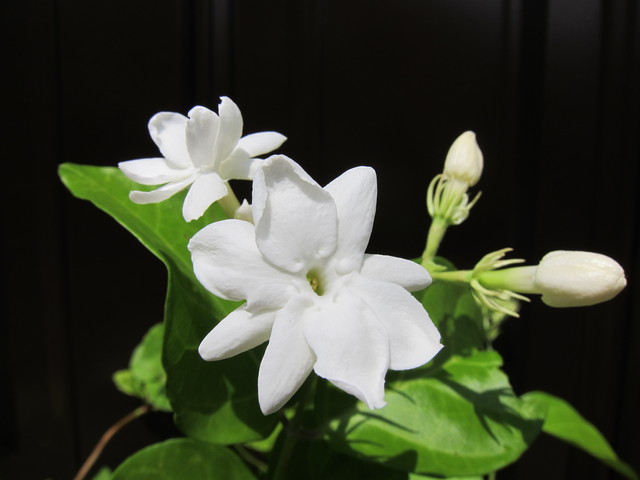
Matsurika, or Arabian Jasmine in English, blooms at night, and the flower can be seen until midday. Its oil is used heavily in aroma oils and perfumes. The Kanji can also be read as Marika.
18. Oiransou (花魁草)
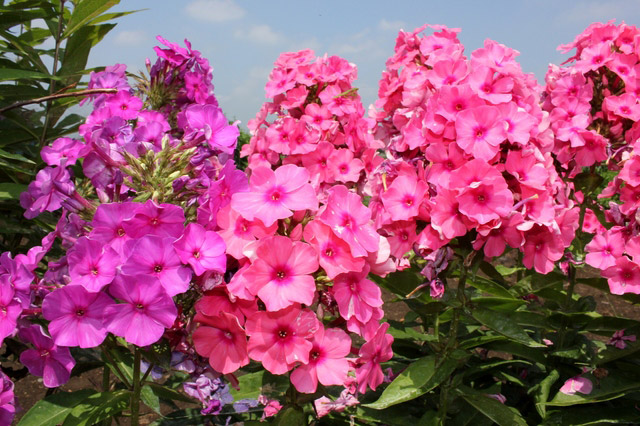
Oiransou, or Summer Perennial Phlox in English, blooms around July to August. It is said that the name Oiransou came from the flower looking like the Kanzashi (headdress) of the Oiran. Its aroma is strongest in the afternoon.
19. The Flower of the Hasu (ハスの花)
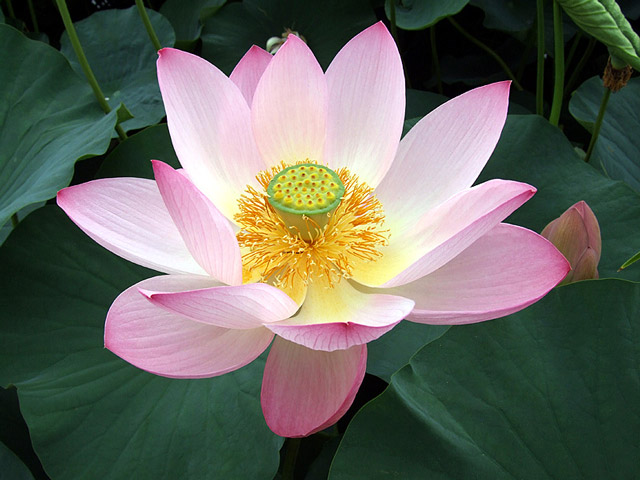
Hasu, or Lotus in English, blooms around July to August in the waters. Their underground roots are called Renkon (蓮根) and is a popular vegetable. You probably know them as lotus roots. It is the birthday flower of July. Their flower language is "eloquence".
20. Hirumushiro (ヒルムシロ)
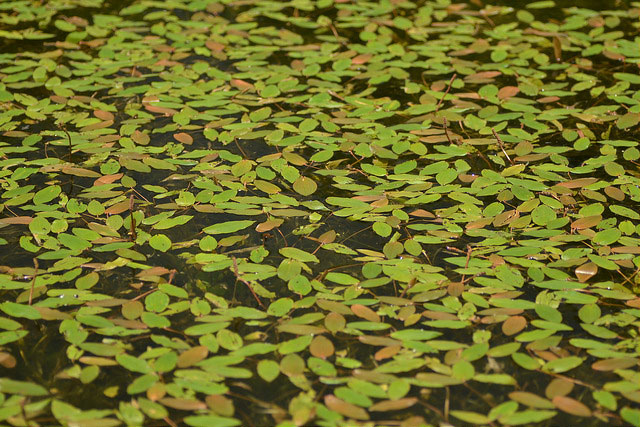
Hirumushiro, or Pondweed in English, is a water plant that floats. They have an underground root that grows diagnostically. The grass grows from each knob of the root. They also have leaves that grow underwater.
The information in this article is accurate at the time of publication.


